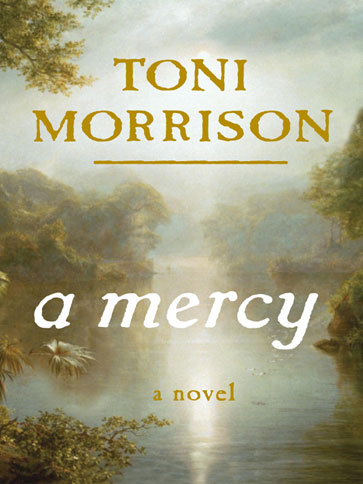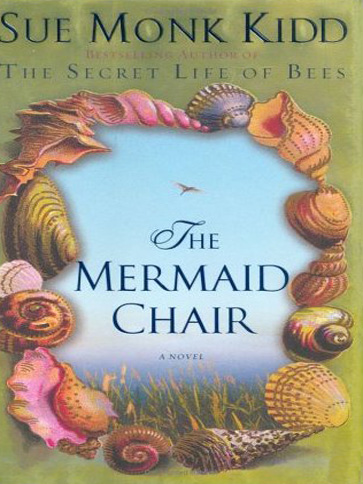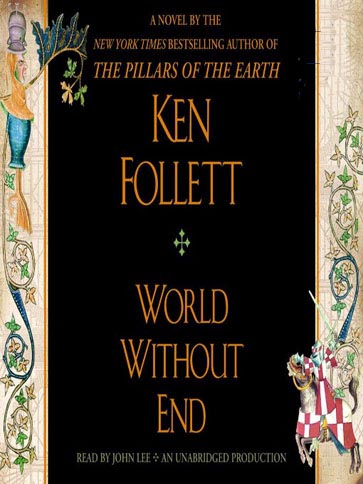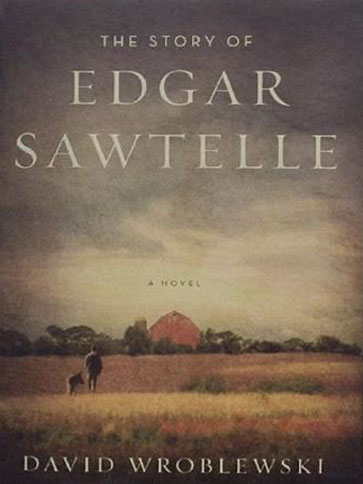 Set in America in the mid to late 1600s in the early days of slavery,A Mercy is Toni Morrison’s latest novel. It begins in medias res, a literary and artistic technique where the narrative starts in the middle of the story instead of from its beginning. The characters, setting, and conflict are introduced through a series of flashbacks or through characters. And so it is with A Mercy. It is 1690 when the story opens. The narrator, Florens, sixteen years old, is traveling to find the blacksmith, a free black man who has never known slavery, to bring him back to cure her mistress of smallpox, believing him to be a savior because he cured Sorrow, another servant, of her “boils.” Thus, it is quite sometime into the narrative before the reader feels confident that she or he understands what is going on. Of course, this adds to the suspense that is so like Toni Morrison. In addition, it is rife with superstition and multiple meanings (symbols), reminiscent of her Nobel Prize winner, Beloved.
Set in America in the mid to late 1600s in the early days of slavery,A Mercy is Toni Morrison’s latest novel. It begins in medias res, a literary and artistic technique where the narrative starts in the middle of the story instead of from its beginning. The characters, setting, and conflict are introduced through a series of flashbacks or through characters. And so it is with A Mercy. It is 1690 when the story opens. The narrator, Florens, sixteen years old, is traveling to find the blacksmith, a free black man who has never known slavery, to bring him back to cure her mistress of smallpox, believing him to be a savior because he cured Sorrow, another servant, of her “boils.” Thus, it is quite sometime into the narrative before the reader feels confident that she or he understands what is going on. Of course, this adds to the suspense that is so like Toni Morrison. In addition, it is rife with superstition and multiple meanings (symbols), reminiscent of her Nobel Prize winner, Beloved.
Florens at six years old was given up by her mother to Sir, Jacob Vaark, in an act of mercy. Her mother had been taken from her country, Africa, by Portuguese slavers and brought to America, where she remained in slavery. At the “mercy” of the men on the plantation, she had two children, one a little boy, still a baby in her arms, and Florens, now six years old. Sir, orphaned himself at an early age, was a farmer from the north, having inherited property from a relative. He prospers, tires of farming, and becomes a trader and moneylender, finding enjoyment in the traveling his newfound interest requires. We meet him as he travels from his home in the north to Maryland to collect a debt. Expecting to be repaid in money, he ends up accepting Florens, not as a slave but as a second helper for his wife and Lina, an American Indian servant he had purchased to take care of his home and to help him on the farm. When he traveled, he preferred to leave his home and property in the care of women instead of men. Though he hired men, none except the blacksmith, whom he befriended and trusted, ever spent the night on the property.
When it is clear that he is not going to get his money from De Ortega, the plantation owner, he asks for Florens’s mother and her little girl, having no use for the baby boy she holds in her arms. Florens’s mother, having “read” something in Sir and surmised that her daughter would be better off away from the plantation, where the only future she has is the repeat of her own fate, has deliberately placed herself in such a way so as to attract his attention. The owner says no to Jacob’s request, as she knew he would, so she offers Florens instead.
Florens’s future does look bright for ten years as she joins Lina, Mistress, and now Sorrow, another female taken in by Sir as an act of kindness to help his wife take care of the farm in his absence as he travels. Then Sir dies; and the women are left unprotected, with an unpredictable future ahead of them.
Other characters include two indentured servants, Willard and Scully, and of course the blacksmith, who is better off than any of the other characters. Florens has fallen in love with him and believes he will protect her. She willingly travels to find him to bring him back to save Mistress from death, as he was too late to save Sir. Mistress herself had traveled from England to marry Sir, having been sold to him by her father.
When Florens returns to the farm alone?the blacksmith having preceded her alone to arrive at the farm more quickly?things have drastically changed. Mistress, previously kind, has turned to religion and has become quite harsh in her treatment of the servants, who before were treated not as servants but as equals and friends. (What is Morrison saying about religion and its influences in a person’s life?) But the blacksmith has turned against Florens; and she returns to the farm only because she has no place else to go. It is in the last chapter, narrated by her mother in a flashback, that we understand the “acts of mercy” most of the characters have undergone, only to be left awash in the end.
Each of the characters in one way or another has been the receiver (victim?) of some sort of mercy gone awry. Lina, “Messalina,” the American Indian, was rescued by the Presbyterians when her family died and her village burned. At fourteen, she was bought by Sir from the Presbyterians to tend his home and help him with the farm.
Rebekka, later called Mistress, without much of a future in her own country, came over from England on the Angelus at the age of sixteen. She had been sold to Jacob in the New World. She travels by ship across the water, is married, and becomes the mistress of Jacob’s home.
When she becomes ill and delirious, she imagines she is visited by the seven women who came over with her: Anne, sent away in disgrace by her family; Judith and Lydia, prostitutes ordered to choose between prison or exile?Lydia was accompanied by her daughter, Patty, a ten-year-old thief; Elizabeth, who said she was the daughter of an important Company agent; Abigail, who was quickly transferred to the captain’s cabin; and one other, Dorothea, a cutpurse whose sentence was the same as that of the prostitutes. Rebekka alone, her passage prepaid, was to be married. The rest were being met by relatives or craftsmen who would pay their passge.
Born to Rebekka and Jacob was first a daughter, Patrician, who lived to five years old while three brothers after her died from one or another illness. Patrician died as the result of being kicked in the head by a horse, and something inside Rebekka began to die. She never recuperated. Then Jacob died, and the three servants were left to fend for themselves.
Sorrow, born and raised on Captain’s ship, not as a daughter but as perhaps a future crewman-to-be, was saved from drowning when the ship foundered and everyone else on board was either killed or drowned. She was difficult to train and was thought to be cursed, always seeming somewhat unbalanced. Dressed always in boys’ clothes, she was fit for little else than sewing. Until the accident, she had never set foot on land. At eleven years old, she was accepted by Sir and taken to his home to assist with the farm and to help his wife when her saviors wanted to be rid of her.
“Such were the ravages of Vaark’s death. And the consequences of women in thrall to men or pointedly without them” (155).
Reviewed by Lee L. Peoples
 Make a pact with the devil; you lose! Too late to save her relationship with her boyfriend, Andrea learns this hard lesson. The devil wears Prada! Amanda Priestly, editor in chief of Runway, a world famous fashion magazine based in New York, is the boss from hell, the villain of Lauren Weisberger’s best selling novel, now a best selling movie, The Devil Wears Prada.
Make a pact with the devil; you lose! Too late to save her relationship with her boyfriend, Andrea learns this hard lesson. The devil wears Prada! Amanda Priestly, editor in chief of Runway, a world famous fashion magazine based in New York, is the boss from hell, the villain of Lauren Weisberger’s best selling novel, now a best selling movie, The Devil Wears Prada.





